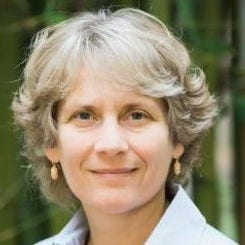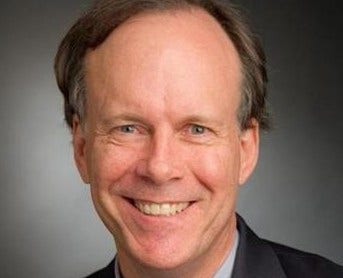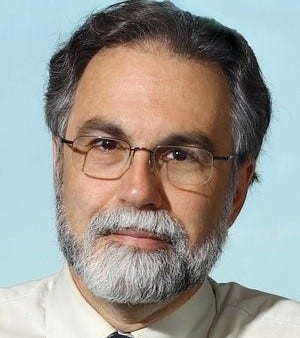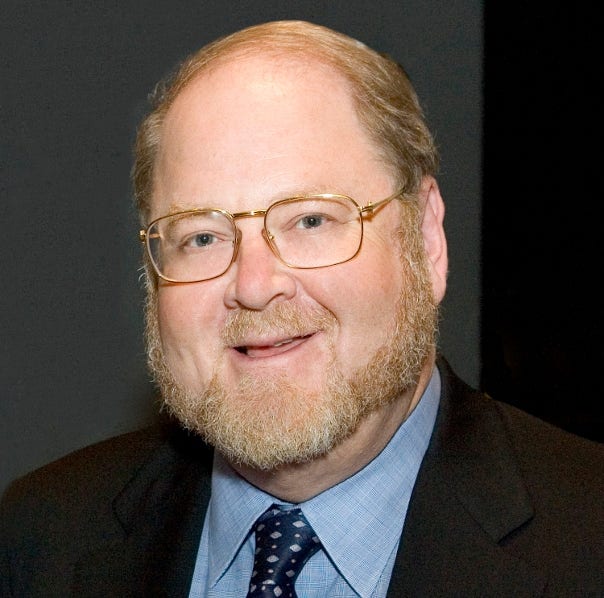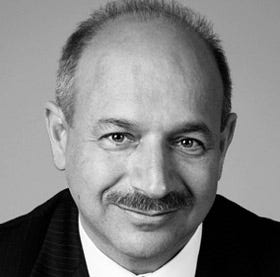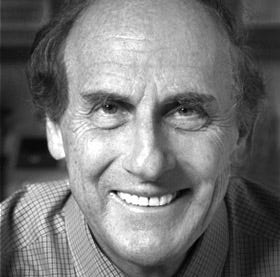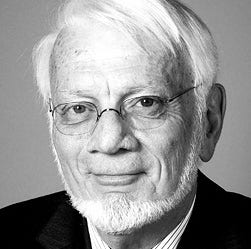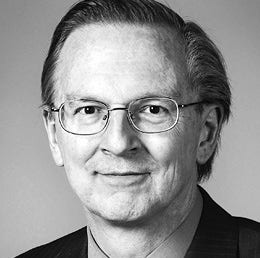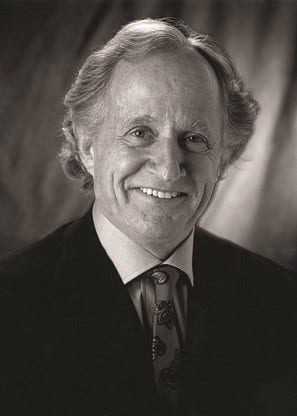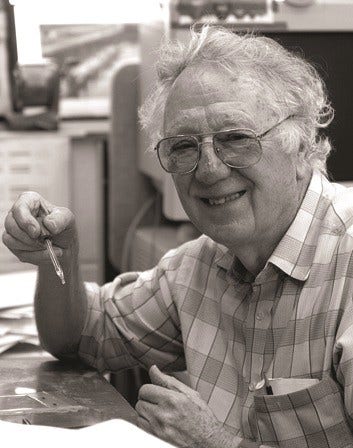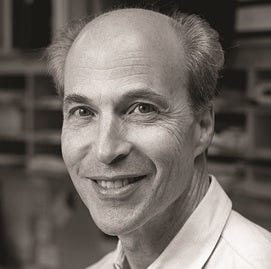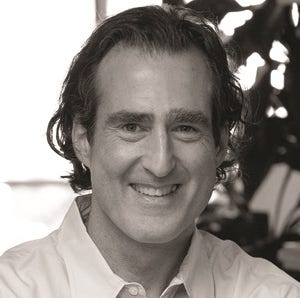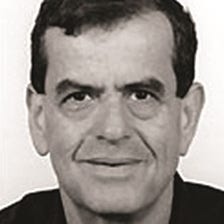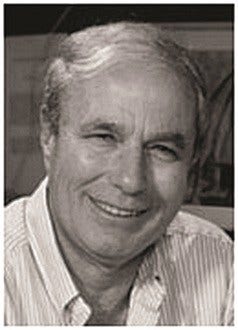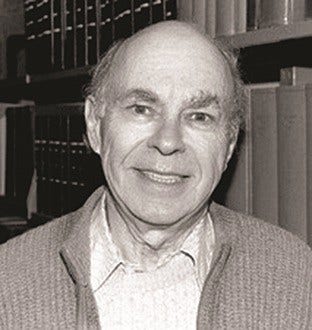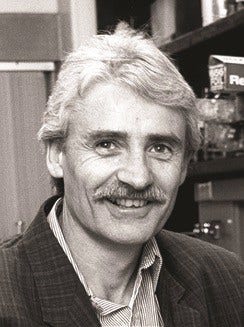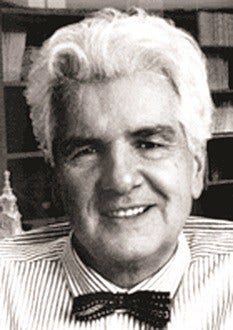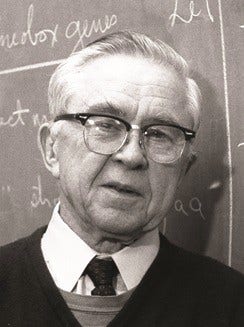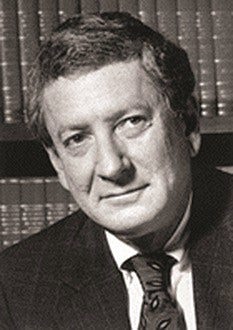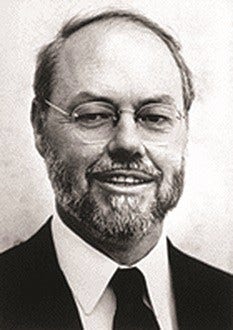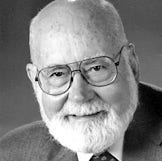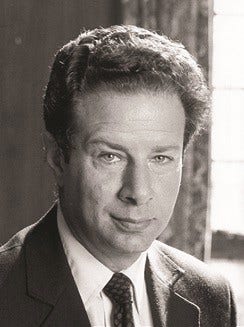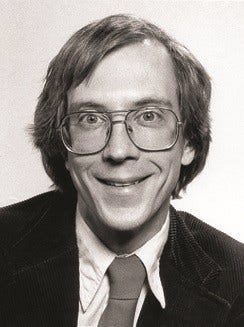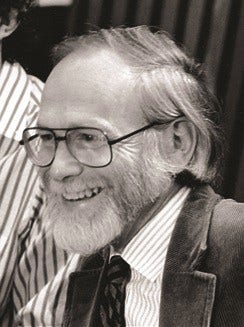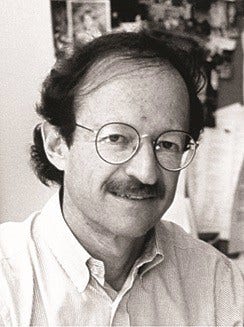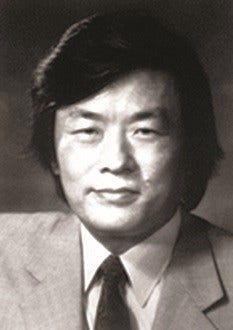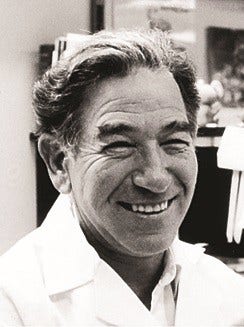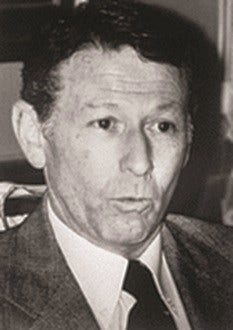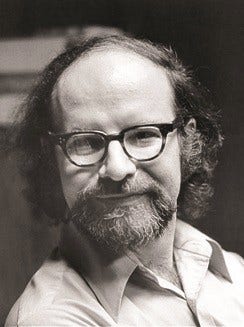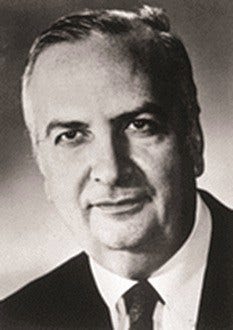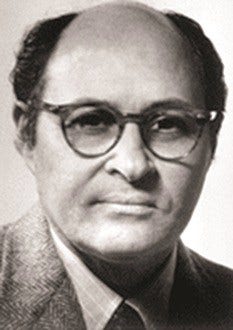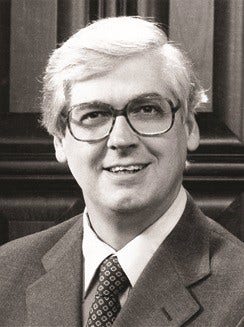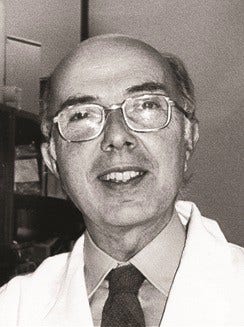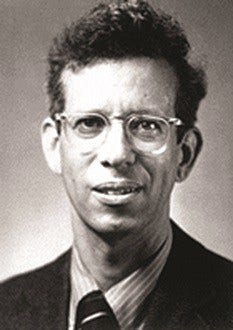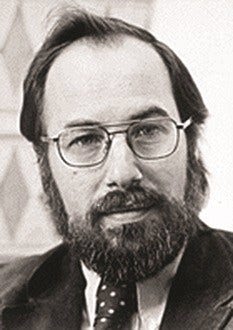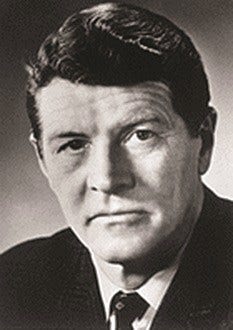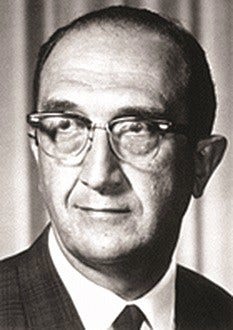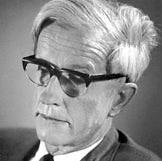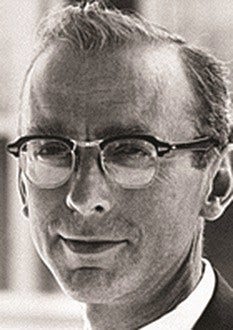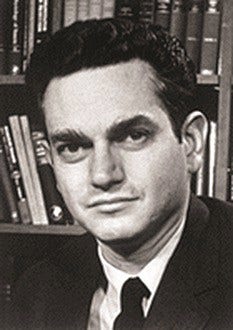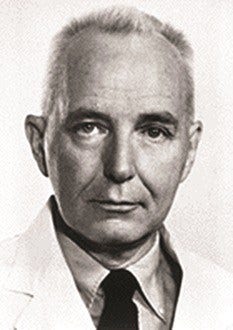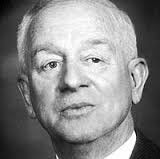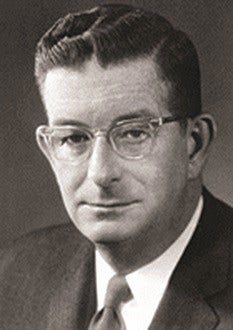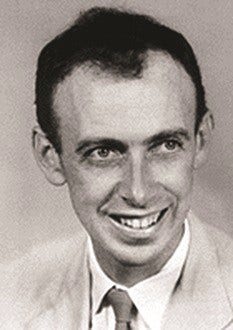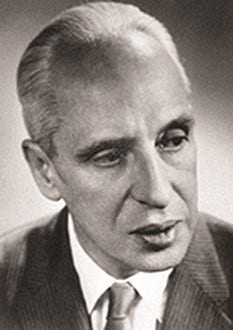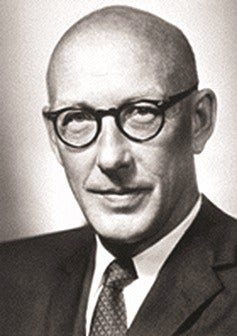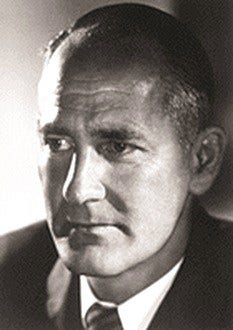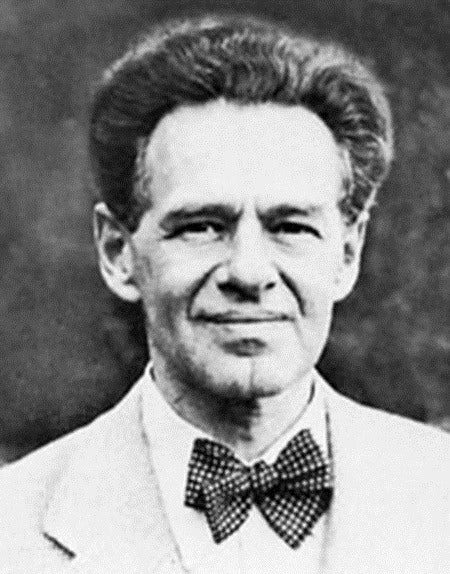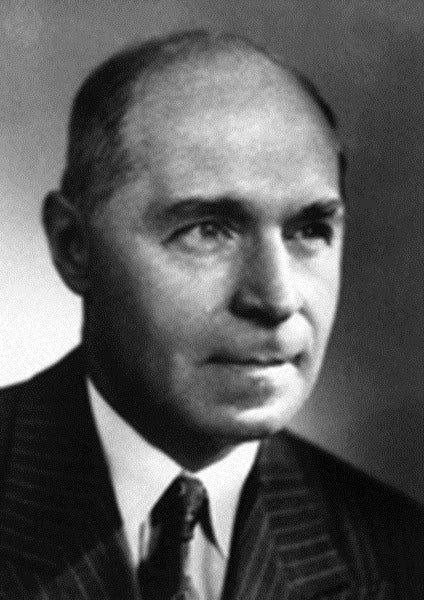Your gift is 100% tax deductible
Nobel Laureates and the American Cancer Society
The American Cancer Society (ACS) is honored to have given funding to 53 investigators who went on to win the Nobel Prize, considered the highest accolade any scientist can receive. This is a tribute to the Society’s Research program and the strength of its peer-review process.
In addition to the researchers listed below, 6 investigators have received funding from ACS after becoming Nobel Laureates, including Carol Greider, PhD, who won the Nobel Prize in 2009 and was named an ACS Professor in 2025.
Congratulations to Our Newest ACS-Funded Nobel Prize Winners

Victor Ambrose, PhD
Silverman Professor of Natural Science at the University of Massachusetts Medical School
1980 Awarded ACS postdoctoral fellowship grant
1985-1989 Awarded three ACS research grants
1990 Mentored ACS grantee
2024 Won the Nobel Prize in Physiology or Medicine

Gary Ruvkun, PhD
Professor of Genetics, Massachusetts General Hospital and Harvard Medical School
1991 Awarded ACS Faculty Research Award grant
2014 Mentored ACS grantee
2024 Won the Nobel Prize in Physiology or Medicine

David Baker, PhD
Professor of Biochemistry and Director of the Institute of Protein Design at the University of Washington School of Medicine and Howard Hughes Medical Institute Investigator
1995 Awarded ACS research grant
2024 Mentored ACS grantee
2024 Won the Nobel Prize in Chemistry
Nobel Prize Winners
2024 Nobel Prize | Chemistry
For pioneering work in computational protein design. This discovery has had significant implications for the treatment of a wide range of diseases including cancer by enabling the development of novel proteins with targeted functionality. This prize was awarded jointly to David Baker, PhD, Demis Hassabis, PhD, and John Jumper, PhD.
2024 Nobel Prize | Physiology or Medicine
Discovery of microRNA, a molecule that governs how cells in the body function. MicroRNAs have subsequently been shown to be key regulatory molecules in both healthy and disease states, including during all aspects of tumor initiation and throughout the complete process of metastasis. This prize was awarded jointly to Victor Ambrose, PhD, and Gary Ruvkun, PhD.
2024 Nobel Prize | Physiology or Medicine
Discovery of microRNA, a molecule that governs how cells in the body function. MicroRNAs have subsequently been shown to be key regulatory molecules in both healthy and disease states, including during all aspects of tumor initiation and throughout the complete process of metastasis. This prize was awarded jointly to Victor Ambrose, PhD, and Gary Ruvkun, PhD.
2022 Nobel Prize | Chemistry
Developed click chemistry and bio-orthogonal chemistry. Click chemistry enables technology that can be used in the design of precision cancer therapeutics. She specifically developed click reactions that work inside living organisms. Her bio-orthogonal reactions take place without disrupting the normal chemistry of the cell. These reactions are now used globally to explore cells and track biological processes.
2019 Nobel Prize | Physiology or Medicine
Discovered the molecular “switch” that controls how cells respond to changing oxygen levels. Oxygen sensing is key to many diseases – for example, cancer cells hijack the oxygen process to increase their metabolism and fuel their growth. This discovery has had a significant impact on understanding cancer and has helped establish new treatment strategies. This prize was awarded jointly to William G. Kaelin, Jr., MD, Sir Peter J. Ratcliffe, MD, and Gregg L. Semenza, MD, PhD.
2019 Nobel Prize | Physiology or Medicine
Discovered the molecular “switch” that controls how cells respond to changing oxygen levels. Oxygen sensing is key to many diseases – for example, cancer cells hijack the oxygen process to increase their metabolism and fuel their growth. This discovery has had a significant impact on understanding cancer and has helped establish new treatment strategies. This prize was awarded jointly to William G. Kaelin, Jr., MD, Sir Peter J. Ratcliffe, MD, and Gregg L. Semenza, MD, PhD.
2013 Nobel Prize | Physiology or Medicine
Defined the control of the movement of membranes in cells, which contributes greatly to the understanding of cell functioning in numerous diseases, including cancer. These internal cell membranes are key to the function of cells and the ability of cells to move, both of which are hallmarks of cancer cells.
2011 Nobel Prize | Physiology or Medicine
Discovered receptor proteins that can recognize bacteria and other microorganisms as they enter the body, and activate innate immunity
2011 Nobel Prize | Physiology or Medicine
Discovered a new cell type that he called the dendritic cell, which led to the first therapeutic vaccine for prostate cancer, Provenge
2009 Nobel Prize | Chemistry
Studied the structure and function of the ribosome
2009 Nobel Prize | Physiology or Medicine
Helped discover how chromosomes are protected by telomeres and the enzyme telomerase
2007 Nobel Prize | Physiology or Medicine
Developed techniques for manipulating individual genes using mouse embryonic stem cells. This allowed for a more precise understanding of how individual genes worked in the mouse and accelerated the use of the mouse as a model of human cancer. This work has led to the identification of genes that are targets of cancer therapies. This prize was awarded jointly to Mario R. Capecchi, PhD, Sir Martin J. Evans, PhD, and Oliver Smithies, PhD.
2007 Nobel Prize | Physiology or Medicine
Developed techniques for manipulating individual genes, using mouse embryonic stem cells. This allowed for a more precise understanding of how individual genes worked in the mouse and accelerated the use of the mouse as a model of human cancer. This work has led to the identification of genes that are targets of cancer therapies. Dr. Smithies was funded for earlier work on genetic control of protein structure and synthesis. This prize was awarded jointly to Mario R. Capecchi, PhD, Sir Martin J. Evans, PhD, and Oliver Smithies, PhD.
2006 Nobel Prize | Chemistry
Studied the molecular basis of eukaryotic transcription
2006 Nobel Prize | Physiology or Medicine
Helped discover RNA interference - gene silencing by double-stranded RNA
2004 Nobel Prize | Chemistry
Helped discover ubiquitin-mediated protein degradation. This prize was awarded jointly to Aaron Ciechanover, MD, Avram Hershko, MD, PhD, and Irwin Rose, PhD.
2004 Nobel Prize | Chemistry
Helped discover ubiquitin-mediated protein degradation. This prize was awarded jointly to Aaron Ciechanover, MD, Avram Hershko, MD, PhD, and Irwin Rose, PhD.
2004 Nobel Prize | Chemistry
Helped discover ubiquitin-mediated protein degradation. This prize was awarded jointly to Aaron Ciechanover, MD, Avram Hershko, MD, PhD, and Irwin Rose, PhD.
2001 Nobel Prize | Physiology or Medicine
Discovered key regulators of the cell cycle
1999 Nobel Prize | Physiology or Medicine
Discovered how proteins find their proper location in the cell
1995 Nobel Prize | Physiology or Medicine
Found evidence that certain patterns in development apply to human cancers
1994 Nobel Prize | Physiology or Medicine
Helped to understand how cells talk to one another
1993 Nobel Prize | Physiology or Medicine
Showed that readable regions on DNA are separated by some regions that cannot be read
1990 Nobel Prize | Physiology or Medicine
Pioneered bone marrow transplantation
1989 Nobel Prize | Chemistry
Discovered that RNA can sometimes act as an enzyme
1989 Nobel Prize | Chemistry
Found evidence that RNA may have enzymatic properties in cells
1989 Nobel Prize | Physiology or Medicine
Discovered latent cancer genes, oncogenes, in normal cells
1989 Nobel Prize | Physiology or Medicine
Showed that defects in normal genes can cause cancer
1987 Nobel Prize | Physiology or Medicine
Discovered how antibodies are made by cells of the immune system
1986 Nobel Prize | Physiology or Medicine
Showed that some growth factors influence cancer development
1980 Nobel Prize | Chemistry
Was the first to create a recombinant DNA molecule
1980 Nobel Prize | Chemistry
Developed a method important for sequencing DNA
1980 Nobel Prize | Physiology or Medicine
Contributed to the understanding of the genetic basis of immunology
1978 Nobel Prize | Physiology or Medicine
Discovered enzymes that modify DNA, facilitating the study of genes
1978 Nobel Prize | Physiology or Medicine
Discovered DNA splicing enzymes important for genetic engineering
1975 Nobel Prize | Physiology or Medicine
Found that certain animal cancer viruses can insert themselves into a cell's DNA
1975 Nobel Prize | Physiology or Medicine
Discovered the reverse transcriptase that translates RNA into DNA
1975 Nobel Prize | Physiology or Medicine
Found that some RNA viruses can transfer their information to DNA
1972 Nobel Prize | Chemistry
Discovered how enzymes assume their active shapes within the living cell
1969 Nobel Prize | Physiology or Medicine
Did important work on phages to provide basic knowledge of viruses
1969 Nobel Prize | Physiology or Medicine
Showed how DNA replicates itself and the genetic structure of viruses
1968 Nobel Prize | Physiology or Medicine
Determined the structure of transfer RNA, which is important in protein synthesis
1968 Nobel Prize | Physiology or Medicine
Interpretation of the genetic code and its function in protein synthesis
1966 Nobel Prize | Physiology or Medicine
Demonstrated hormonal dependence of breast and prostate cancer cells
1966 Nobel Prize | Physiology or Medicine
Discovered that cancer can be induced by injecting a tumor extract
1965 Nobel Prize | Chemistry
Determined how the body uses small compounds to build organic molecules for life’s functions
1962 Nobel Prize | Physiology or Medicine
Discovered the double helix structure of DNA
1959 Nobel Prize | Physiology or Medicine
Discovered RNA polymerase, an enzyme that synthesizes RNA
1958 Nobel Prize | Physiology or Medicine
Reported that mutations can alter nutritional requirements of cells
1958 Nobel Prize | Physiology or Medicine
Provided evidence that for every enzyme there is one gene
1955 Nobel Prize | Chemistry
Isolated and synthesized two sulfurous pituitary hormones. The element sulfur plays an important role in the chemical processes that are the basis of all life.
1953 Nobel Prize | Physiology or Medicine
Discovered an enzyme that helps to convert food into energy
1946 Nobel Prize | Physiology or Medicine
Discovered that x-ray irradiation can produce cell mutations


